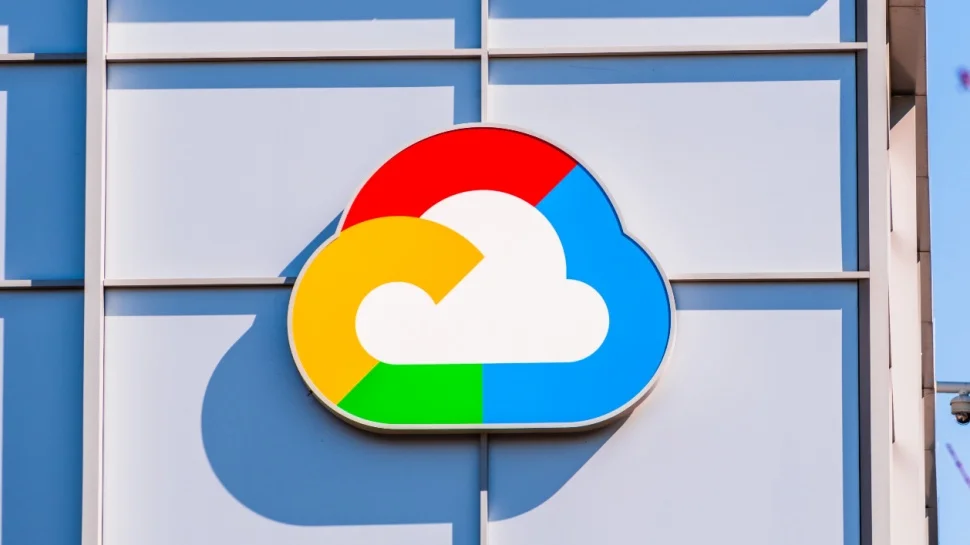
Google Cloud Under Siege: PINEAPPLE and FLUXROOT Launch Phishing Attacks
A worrying situation has arisen as Google Cloud is being targeted by two threat groups known as PINEAPPLE and FLUXROOT. These malicious entities have been taking advantage of the to use features of Google Clouds serverless setup to carry out phishing attacks and spread malware.
Google Cloud Serverless Projects Weaponized
The appeal of Google Clouds serverless options. Their affordability, user friendly interface and flexibility. Has unintentionally caught the interest of cybercriminals. FLUXROOT, a group driven by motives has been using Google Cloud container URLs to host credential phishing pages with a focus, on Mercado Pago users, a popular online payment platform, in Latin America.
FLUXROOT’s Evolving Tactics
FLUXROOTs malicious deeds go beyond this campaign, on Google Cloud. The group is well known for spreading the Grandoreiro banking trojan a malware crafted to pilfer data. In a change in strategy FLUXROOT has broadened its scope by using reputable cloud platforms such, as Microsoft Azure and Dropbox to spread its harmful software.

PINEAPPLE’s Advanced Evasion Techniques
In the development a different threat actor known as PINEAPPLE has been caught using Google Cloud to distribute a type of malware named Astaroth (also known as Guildma). This malicious software mainly targets users in Brazil highlighting the focus of these attacks, on the region. PINEAPPLEs method involves compromising existing Google Cloud instances and setting up their projects to create container URLs on Google Cloud serverless domains.
PINEAPPLEs evasion tactics are quite advanced. They utilize mail forwarding services that do not reject messages with Sender Policy Framework (SPF) failures and include data in the code and SMTP Return Path field. These strategies lead to delays, in DNS requests and complicate email authentication checks demonstrating the growing complexity of these threat actors.

Google’s Response and the Ongoing Battle
In response, to these dangers Google Cloud has acted swiftly by shutting down the identified projects and updating its Safe Browsing lists to protect users. However this incident underscores the battle between cybersecurity defenders and threat actors in the realm of cloud computing.
With the increasing adoption of cloud technology, across sectors cybercriminals using cloud services as weapons present a challenge. By exploiting Google Cloud infrastructure malicious individuals can seamlessly integrate their activities into network traffic making it difficult for security teams to detect them.

Fortifying Cloud Security
The recent incidents involving PINEAPPLE and FLUXROOT highlight the importance of Google Cloud providers and customers staying alert. Regular security checks, authentication methods and advanced threat detection systems are crucial, for a cloud environment.
With the changing threat landscape our security measures must also adapt. Future attacks will likely be different from ones so we need to take an flexible approach to cloud security. By being proactive, against cyber threats and consistently strengthening Google Cloud and other cloud services we can strive for a world.



